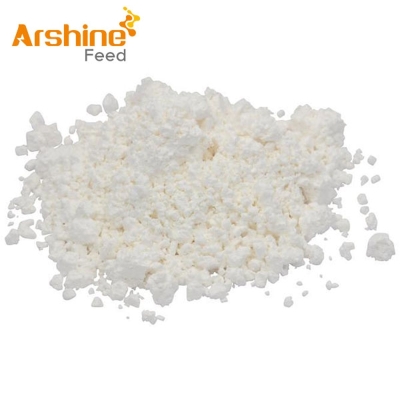The United States may use more grain as feed this winter
-
Last Update: 2001-12-25
-
Source: Internet
-
Author: User
Search more information of high quality chemicals, good prices and reliable suppliers, visit
www.echemi.com
Introduction: US December 24 news: due to the high price of hay feed and the tight supply, the forage experts of internal lasgar University say that food may become a better choice for livestock feed this winter Don't let traditional ideas get in the way of finding cheaper sources of feed, says Bruce Anderson, an expert on agriculture and natural resources The best feed choice this year may be grain Hay prices are higher than normal, but flat from last year This year, the total output of hay in lasgar reached the average value, but due to the drought in the west, the East needs high-quality cow feed alfalfa, and some hay was transported out The lack of snowfall in most areas this autumn is good for animal husbandry because livestock can continue to eat residual plants as well as winter plants However, due to last year's drought and bad winter weather, there is little hay transfer inventory Therefore, the supply of goods is tight and the price is relatively high This makes food an attractive alternative Anderson says using food can save a lot of money If the cost of corn per bushel is $1.8, then the cost of hay per ton, in pounds, is $65 However, compared with the total digestible nutrients, the cost of the same amount of hay per ton is only $45 Corn is the most easy to get and the best choice of food and feed Small millet can also be used, but it is not easy for livestock to digest, so it needs special processing, crushing and then effective use Anderson recommended that the way to protect beef cattle for winter is to feed 10-12 pounds of grain every day, add some salt and minerals, and feed about 3 pounds of hay to ensure the normal rumen function of livestock Using the same calculation method, the cost of corn per bushel is $1.8, which can save 40 cents per cow per day compared with the cost of feeding 25-30 pounds of hay Although this diet can save money, it can't satisfy the appetite of cattle If cattle don't get the feed they like, they will behave abnormally If you have hay, winter grass or other low-quality roughage, feed these livestock, and the livestock will become quiet and happy Anderson said that if feed grains are used successfully, there should be enough space between cattle so that cattle do not eat all of the feed Usually this distance is about 30-36 inches "If you can't leave enough space, spread the feed on the ground so that the livestock can eat it at any time In order to avoid possible acidosis, cattle should gradually accept food and feed Anderson suggested that the cumulative acidosis could be reduced by adding 200-250 mg of ionophore every day, starting with 5 pounds of corn on the first day and increasing by half a pound a day until 10-20 pounds a day.
This article is an English version of an article which is originally in the Chinese language on echemi.com and is provided for information purposes only.
This website makes no representation or warranty of any kind, either expressed or implied, as to the accuracy, completeness ownership or reliability of
the article or any translations thereof. If you have any concerns or complaints relating to the article, please send an email, providing a detailed
description of the concern or complaint, to
service@echemi.com. A staff member will contact you within 5 working days. Once verified, infringing content
will be removed immediately.







